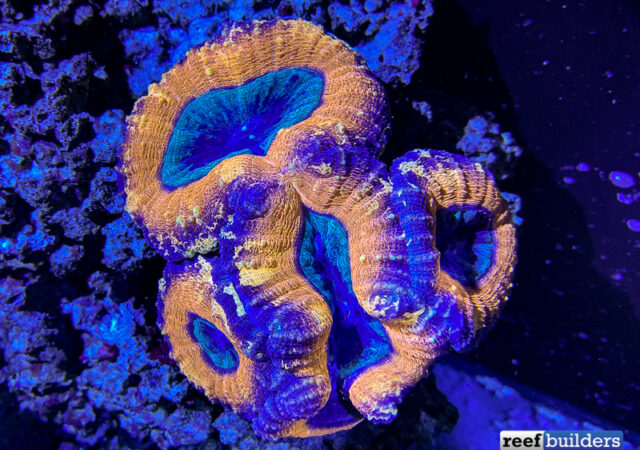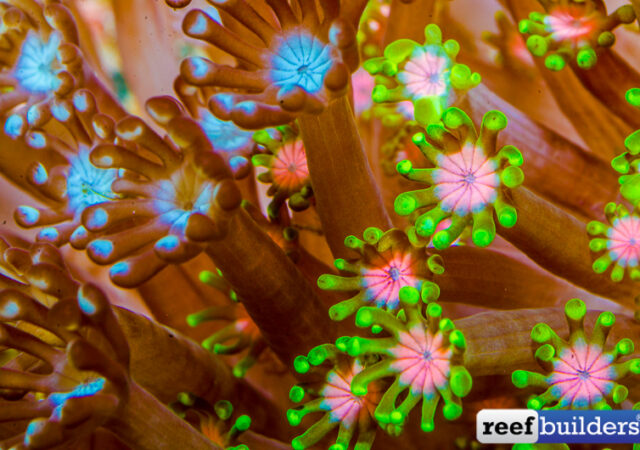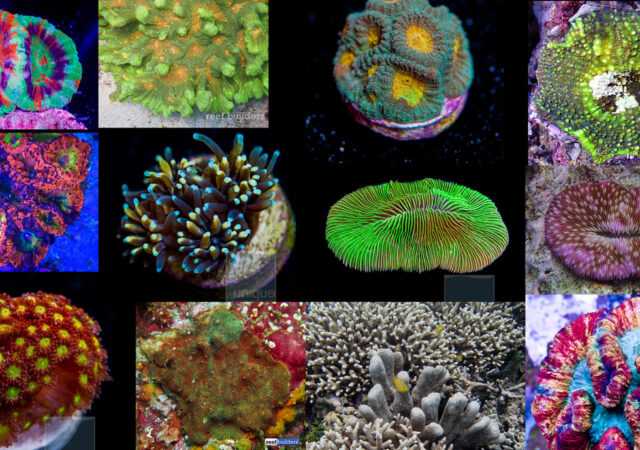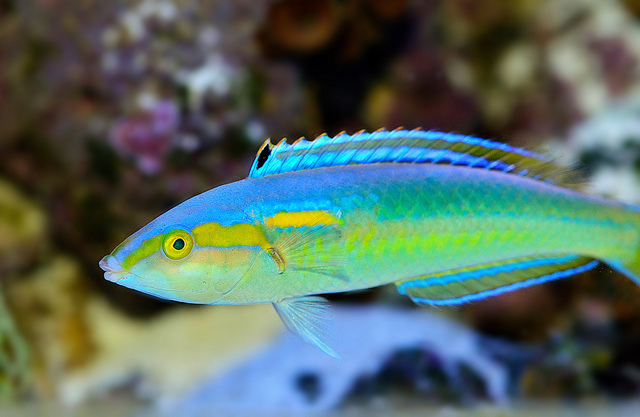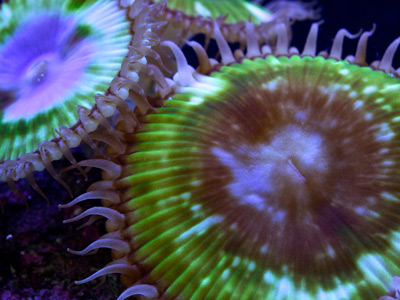Acanthastrea pachysepta is a reclassification of a coral that has stumped us for well over a decade. Formerly classified as a Lophyllia (which now includes all Symphyllia too), the majority of orange lobos exhibit a different color, pattern, morphology and especially behavior than any…
Alveopora are NOT a Flowerpot Coral After All!
Following our series of articles on changes in coral classification after a massive genetic analysis, there is one more coral that got moved in quite a surprising way – Alveopora. Alveopora used to be the flowerpot coral with 12 fat tentacle,…
Caribbean Undaria Corals Official Reclassified As Agaricia
Undaria No More The debate between where to classify the Caribbean plating lettuce corals has been solved, at least for the time being! Agaricia previously Undaria, previously Agaricia, is now once again being classified under the genus Agaricia. A statement…
Manta No More After Taxonomic Reshuffling Of The Genus
Are you one of the lucky scuba divers to have their dreams fulfilled of seeing a manta ray in the wild? Well for all of you with manta’s still on the brain, it’s time to update your bucket list. Up until…
Australophyllia is the new home of ‘Symphyllia’ wilsoni
Australophyllia wilsoni is the new name for what we currently call Symphyllia wilsoni. We’ve always known that there was something special about Australophyllia wilsoni, from it smorphology, polyp appearance on from where in the world it comes from. Compared to…
Stony coral taxonomy is getting all shook up & straightened out
The notion of discussing stony coral (Scleractinian) taxonomy is probably one that will elicit the blankest of stares. However, if you are hyper passionate about corals, their evolution and especially their relatedness gives us reefers insight to the care requirements,…
What’s in a name?
Scientists are often pretty whimsical in their own way when it comes to describing a new species for science. To the undiscerning amateur like us, we may find scientific names cumbersome, made up of an unpronounceable mass of consonants with an unearthly…
Zoanthids vs Palythoa Identification
Over the years, we’ve seen hundreds of different Palys and Zoas. In that same time, there were varieties we confidently called Palythoa and others Zoanthids. For example, I can easily point to a Palythoa grandis and say for sure that…


